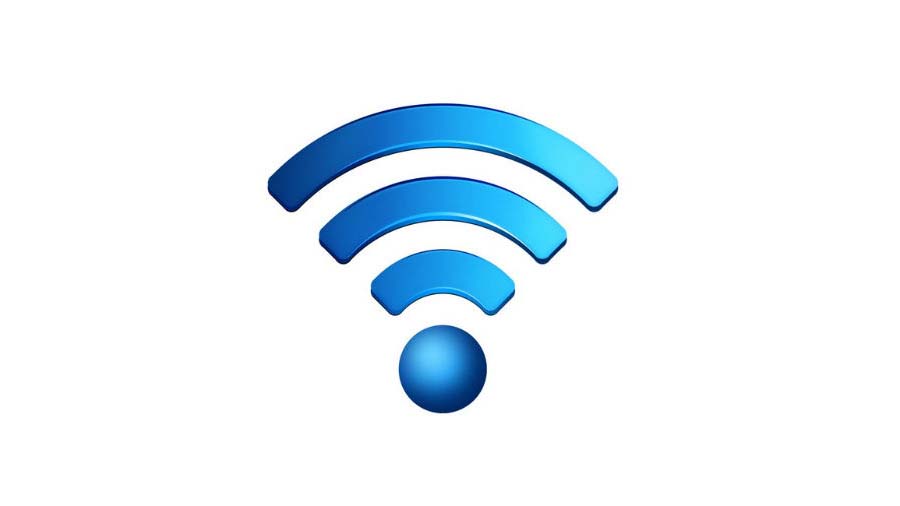FCC Expands Wireless Broadband in Broadcast Spectrum
White spaces item stems from Microsoft/NAB agreement

The FCC has voted to approve a rulemaking opening up more TV white spaces spectrum between channels in the TV band and for higher powered wireless broadband devices, saying it is doing so while still protecting those TV station signals from potential interference.
The item, which was approved unanimously, is based on a petition by Microsoft for more spectrum and an agreement between the computer company and the National Association of Broadcasters on how to do that while protecting incumbent broadcasters.
Related: FCC to Vote on White Spaces Rural Broadband Item
The FCC also approved a further notice of proposed rulemaking (NPRM) asking how to determine if/where more TV channel spectrum white spaces can be freed up for wireless broadband.
Broadcasters scored a victory in the debate with Microsoft over how the FCC should allow for more unlicensed broadband in the so-called white spaces between TV channels. The FCC had signaled it wanted to allow more flexible use of the TV band by broadband providers, pushed by Microsoft--which petitioned for the changes Airband initiative to use white spaces spectrum to extend rural broadband access. Advancing rural broadband is an avowed priority for FCC chairman Ajit Pai.
Related: Microsoft Says Airband is On Track
Given that the FCC was likely to have the votes to expand unlicensed use, the National Association of Broadcasters worked with Microsoft on the compromise, but allowing higher-powered unlicensed device use on channels adjacent to TV channels, had been the sticking point. NAB opposed it while Microsoft backed that use.
NEXT TV NEWSLETTER
The smarter way to stay on top of the streaming and OTT industry. Sign up below.
The FCC eventually decided not to allow that higher powered use "at this time." It also said it would not change the methodology it used to protect authorized services--licensed TV broadcasters--from unlicensed signal interference, though the FNPRM asks whether and how it might do that in the future.
Pai said the FCC had to use every tool in the toolkit to expand wireless broadband, including TV white spaces, which it first opened up in 2008. He said that by "threading the needle"--the item, among other things, creates new classes of devices that can operate at higher powers, without hurting the primary users of the band--TV stations. "Not bad for a day's work...after a dozen years," he joked.
“NAB thanks the FCC for approving an order that would provide greater flexibility for white spaces operations without undermining the fundamental principle that these operations must not cause interference to licensed services, such as radio and TV stations," said NAB EVP Ann Marie Cumming. "We commend the Commission staff for their hard work on this item and their commitment to a consensus-based approach.”
“Today’s vote by the FCC is a victory for those across the country whose lives have been made more difficult from lack of access to a reliable internet connection," said the Consumer Technology Association, a longtime supporter of opening up more white spaces. "Leveraging TV White Spaces for broadband use is an innovative solution that will help families across the United States live better lives—from better access to remote work and education to life saving digital health services and more."
"WISPA commends the FCC’s action today to promote more efficient use of spectrum in TV White Spaces," said the Wireless Internet Service Providers Association. "This action will help wireless consumers see more innovation and competition, while also decreasing the digital divide by making spectrum “infrastructure” more useful and plentiful.
"With the TV White Space Order, the FCC increased the maximum radiated power from 10 to 16 watts EIRP and boosted height above average terrain from 250 meters to 500 meters. These changes will expand TVWS service use, helping the ecosystem create more solutions for the band which will greatly improve the band’s commercial development and deployment."
“We applaud Chairman Ajit Pai and the members of the Federal Communications Commission (FCC) for taking this important step to clear regulatory barriers to innovation to help bridge the digital divide,” said Connect Americans Now executive director Richard Cullen. CAN is a big proponent of the white spaces expansion. “We commend the FCC for demonstrating a bipartisan commitment to maximizing spectrum resources to expand broadband connectivity, a critical need for millions of Americans made more urgent by the pandemic.”
Contributing editor John Eggerton has been an editor and/or writer on media regulation, legislation and policy for over four decades, including covering the FCC, FTC, Congress, the major media trade associations, and the federal courts. In addition to Multichannel News and Broadcasting + Cable, his work has appeared in Radio World, TV Technology, TV Fax, This Week in Consumer Electronics, Variety and the Encyclopedia Britannica.

